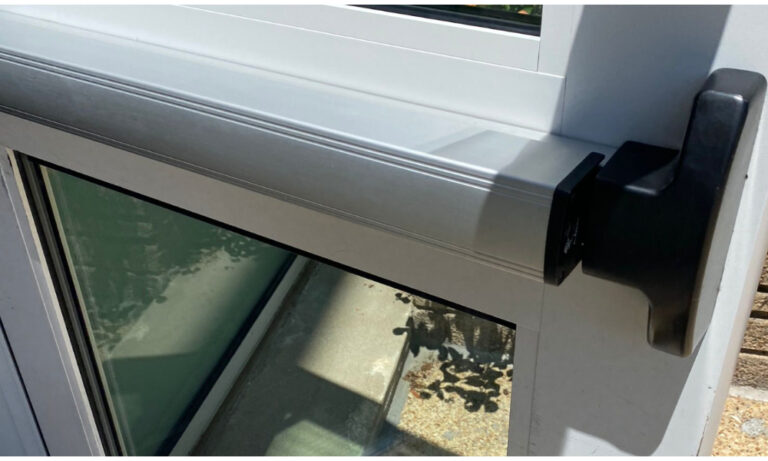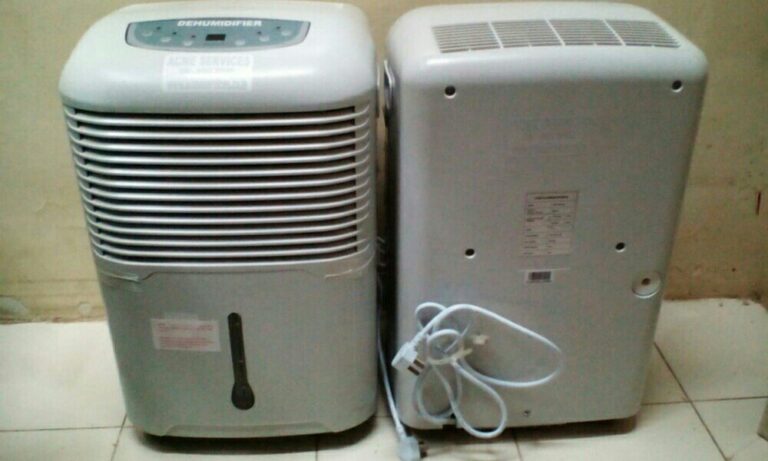
As a homeowner, protecting your property is of utmost importance. Your roof, being the first line of defense against the elements, is susceptible to various damages over time. However, the good news is that many homeowner’s insurance policies provide coverage for roof damage. In this article, we will explore the different types of roof damage that are typically covered by homeowner’s insurance, with insights from roofing experts.
Storm Damage
One of the most common causes of roof damage is severe weather conditions, such as storms, hurricanes, or hailstorms. These events can result in fallen trees, flying debris, and large hailstones, which can puncture or break roofing materials. Thankfully, most homeowner’s insurance policies cover these damages. It’s important to document the damage with photographs and contact your insurance provider promptly to initiate the claims process.
Water Damage
Water damage can wreak havoc on your roof, leading to leaks, mold growth, and structural issues. Fortunately, homeowner’s insurance often covers water damage resulting from sudden and accidental events, such as burst pipes, plumbing leaks, or storm-related roof leaks. However, damages caused by long-term neglect or lack of maintenance may not be covered. Take the help of roofing specialists to understand the risks and make sure your insurance covers it all.
Damage caused due to fire and smoke
Roof fires can be a devastating phenomenon for every house owner. Homeowner’s insurance policies generally cover fire and smoke damage to your roof, as well as the resulting interior damage. However, coverage may vary depending on the cause of the fire, so it’s essential to review your policy and talk to your roofing experts to understand the specific terms and conditions.
Theft and Vandalism
While relatively rare, vandalism and theft can occur, resulting in roof damage. Acts of vandalism may include intentional destruction of roofing materials or structures. In such cases, homeowner’s insurance typically covers the cost of repairs or replacement. Similarly, if thieves cause damage while attempting to gain access to your property through the roof, your insurance policy may provide coverage for the resulting damages.
Falling Objects
Falling objects, such as tree limbs, satellite dishes, or construction materials, can cause significant damage to your roof. Homeowner’s insurance typically covers roof damage caused by falling objects, as it is considered an unforeseen event. Promptly report the incident to your insurance provider and consult with roofing experts to assess the damage and ensure timely repairs.
Weight of Ice and Snow
In regions experiencing harsh winter conditions, the weight of accumulated ice and snow can pose a threat to your roof’s integrity. Homeowner’s insurance policies often cover roof damage resulting from the excessive weight of ice and snow. However, it’s important to note that regular maintenance, such as snow removal, may be required to prevent such damage, and negligence in this regard could affect your coverage.
Homeowner’s insurance serves as a safety net for homeowners, providing coverage for a range of roof damages. From storm damage and water leaks to fire and vandalism, insurance policies can offer financial protection in unforeseen circumstances. To ensure you have adequate coverage, it is essential to review your policy, consult with roofing experts, and promptly report any damages to your insurance provider. Regular maintenance and proactive measures can also help prevent roof damage and maintain the longevity of your home’s most vital protective layer.





